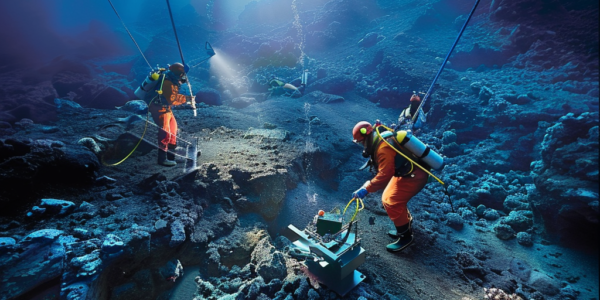Researchers Discover Largest Volcanic Eruption in Recorded History
The largest volcanic eruption in recorded history occurred 7300 years ago off the southern coast of Japan, as a team of researchers has recently discovered. The Kikai-Akahoya eruption, originating from a submerged caldera near the Japanese island of Kyushu, ejected an astonishing amount of material, estimated at around 70 cubic kilometers, significantly surpassing the eruption of Mount Tambora in 1815. Now, Nobukazu Seama and his team from Kobe University in Japan have conducted a seismic survey to map the underwater region around the caldera, situated approximately 200 meters below the surface. Their findings have revealed that the Kikai-Akahoya eruption released over 300 cubic kilometers of material, equivalent to twice the volume of water in Lake Tahoe, a substantial increase from previous estimates. The researchers’ efforts have provided valuable insights into the magnitude of the Kikai-Akahoya eruption, shedding light on its profound impact on the surrounding environment and human populations.

